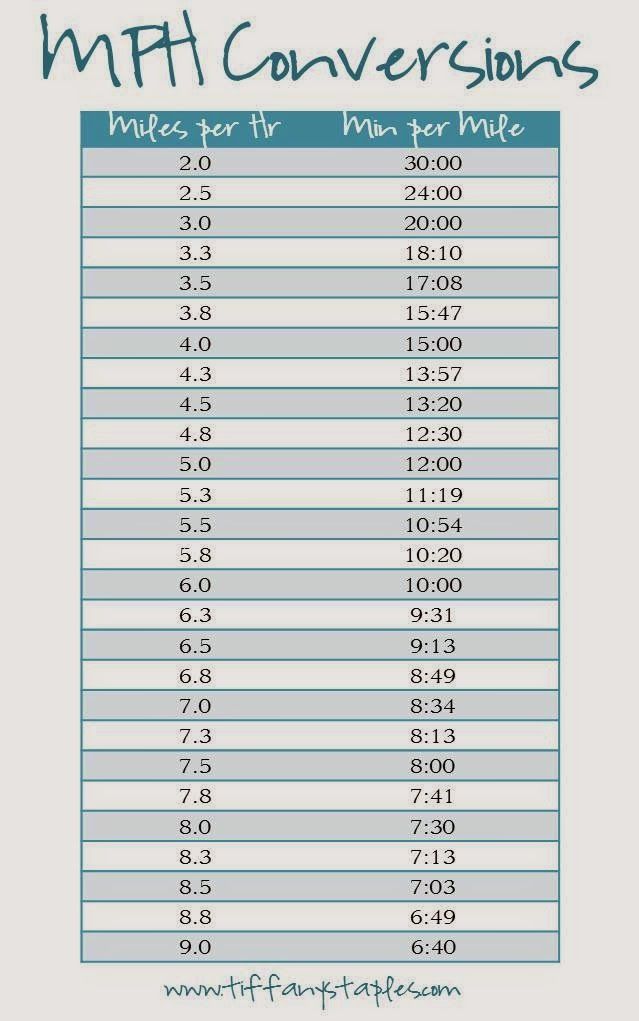Speed conversion is a fundamental concept that many of us encounter in various aspects of our lives. Whether you’re an athlete timing your sprints, a cyclist documenting your rides, or a passionate hiker gauging your pace, understanding how to convert feet per minute (FPM) to miles per hour (MPH) is crucial. This task resonates deeply with our innate curiosity about speed—how fast we can move through space and time. But what makes this fascination with speed conversion more compelling is the realization that it ties directly into our human experience.
In modern contexts, speed is a daily metric. A commuter may glance at the dashboard reading of their vehicle, while a runner eagerly checks their watch after completing a mile. Speed is often perceived in miles per hour, yet this common frame of reference obscures a less ubiquitous unit of measurement: feet per minute. Understanding the conversion between these units is not just a matter of mathematics; it encompasses a wider understanding of our own abilities, our environment, and ultimately, our journeys.
To undertake this conversion, one must first grasp the relationship between these units. Feet per minute (FPM) measures how many feet a person or object travels in a single minute. Miles per hour (MPH), in contrast, indicates how many miles are traversed in one hour. Given that there are 5280 feet in a mile, the mathematical connection can seem daunting at first. However, breaking it down reveals an elegant simplicity.
The formula for converting feet per minute to miles per hour is straightforward:
MPH = (FPM × 60) ÷ 5280
This equation utilizes a two-step approach. First, one multiplies the speed in feet per minute by 60 to find the total feet traveled in one hour. Then, dividing that figure by 5280 converts the distance into miles. For instance, if you are traveling at a speed of 300 FPM, the conversion to MPH works like this:
300 FPM × 60 = 18000 feet in one hour
18000 ÷ 5280 = 3.41 MPH
Thus, 300 feet per minute translates to approximately 3.41 miles per hour. This process illuminates the fact that even small numbers can result in significant speeds when viewed through the lens of time.
As we delve deeper into the relationships between different speed measurements, it becomes apparent that our fascination with speed lies in its multifaceted nature. Speed evokes notions of freedom and capability, and these feelings are intertwined with our psychological fabric. Think of the exhilaration experienced when a runner sprints towards the finish line, or the thrill of a cyclist reaching new velocities on a winding path. Speed, in its essence, becomes a metaphor for striving, ambition, and the relentless human desire to push limits.
Moreover, a practical understanding of speed conversions can lead to more informed decisions in everyday life. Cyclists can gauge their performance, while drivers can calibrate their speed for better efficiency and safety. In professional sports, precise measurements can influence training regimens, contributing to enhanced athletic performance. The complexities of speed and distance also come into play in the engineering realm; vehicles and machines are meticulously designed based on these conversions, ensuring optimal operation.
An interesting observation about speed conversion is the differences in perception. For instance, sprinting at 300 FPM might feel brisk for a casual jogger, yet sluggish for a seasoned sprinter. This disparity is rooted in the individual’s background, conditioning, and context. The human race is simultaneously a pursuit of individual excellence and a benchmark against collective performance—a juxtaposition that amplifies our fascination with speed.
Another layer to this complexity is the evolution of measurement systems across cultures. The imperial system, with units like feet and miles, contrasts sharply with the metric system—favoring meters and kilometers. Both serve practical purposes but induce varying ease of conversion. For example, converting from kilometers to miles can evoke a mental leap instead of a direct relationship, as is evident with feet to miles. This variance calls to mind an underlying complexity within our global society—the dual paths of tradition and progress.
In conclusion, converting feet per minute to miles per hour encapsulates much more than mere mathematics; it reflects our human experience and our ceaseless quest for speed. Engaging in these conversions provides opportunities for self-assessment, improvement, and understanding—both personally and universally. Knowing how to master the art of speed conversion can enrich your interaction with the world, transforming mere numbers into a vivid depiction of life in motion.
So next time you find yourself glancing at a speedometer or timing your workouts, remember that behind those numbers lies a deeper narrative—a reflection of ambition, accomplishment, and the very human desire to break free from the constraints of time and space.
